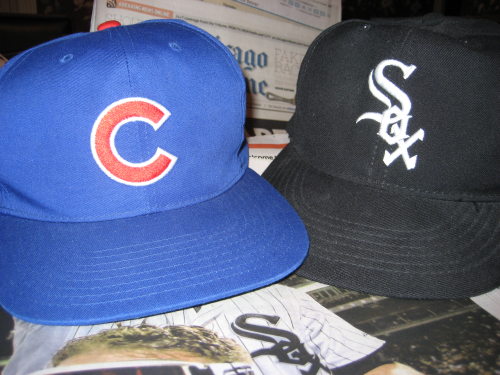Oct 01, 2008
DePaul Professors Available For Media Interviews On Cubs, Sox And The City
DePaul Professors Available For Media Interviews On Cubs, Sox And The City
For the first time in 102 years, both of
Scott T. Young, chair, Management Department
Phone: (312) 362-6289; e-mail: syoung16@depaul.edu
Expertise: Teaches in DePaul’s Sports Management MBA concentration program. Leadership styles of Cubs manager Lou Piniella and White Sox skipper Ozzie Guillen; how they manage pitchers and home run hitters, and their interactions with umpires and the media. With Instructor Karen Burgard, Young is teaching an innovative “Streets of Chicago” management course for undergraduate students, who meet each week with
Mike Conklin, journalism instructor,
Phone: (773) 325-8651; e-mail: mconkli2@depaul.edu
Expertise: A former Chicago Tribune sportswriter who has covered both teams before joining DePaul’s full-time faculty. Historical contexts of the Cubs and White Sox franchises; key figures both on and off the field.
Joel Whalen, associate professor, Marketing
Phone: (312) 342-1043; e-mail: jwhalen@depaul.edu
Expertise: How the Cubs and Sox organizations market themselves and build fan bases in the community; how championships affect marketing success; contrast between the Cubs use of the mythical and historic Wrigley Field in marketing versus the White Sox promotion of the fan experience at its newer stadium.
Erik Peterson, journalism instructor,
Phone (773) 325-2891; e-mail epeter13@depaul.edu
Expertise: sports broadcasting, the relationship between viewer enjoyment of televised sports and the sporting event; televised sports; the sports scene in
Anthony Krautmann, professor, Economics
Phone: (312) 362-6176; e-mail: akrautma@depaul.edu
Expertise: Relationship between market size, allocation of playing talent and post-season success in Major League Baseball; baseball salaries, sports as a business.
Larry Bennett, professor, Political Science
Phone: (773) 325-1973, e-mail: lbennett@depaul.edu
Co-author of “It's Hardly Sportin': Stadiums, Neighborhoods and the New Chicago,” which reviewed the impact of

